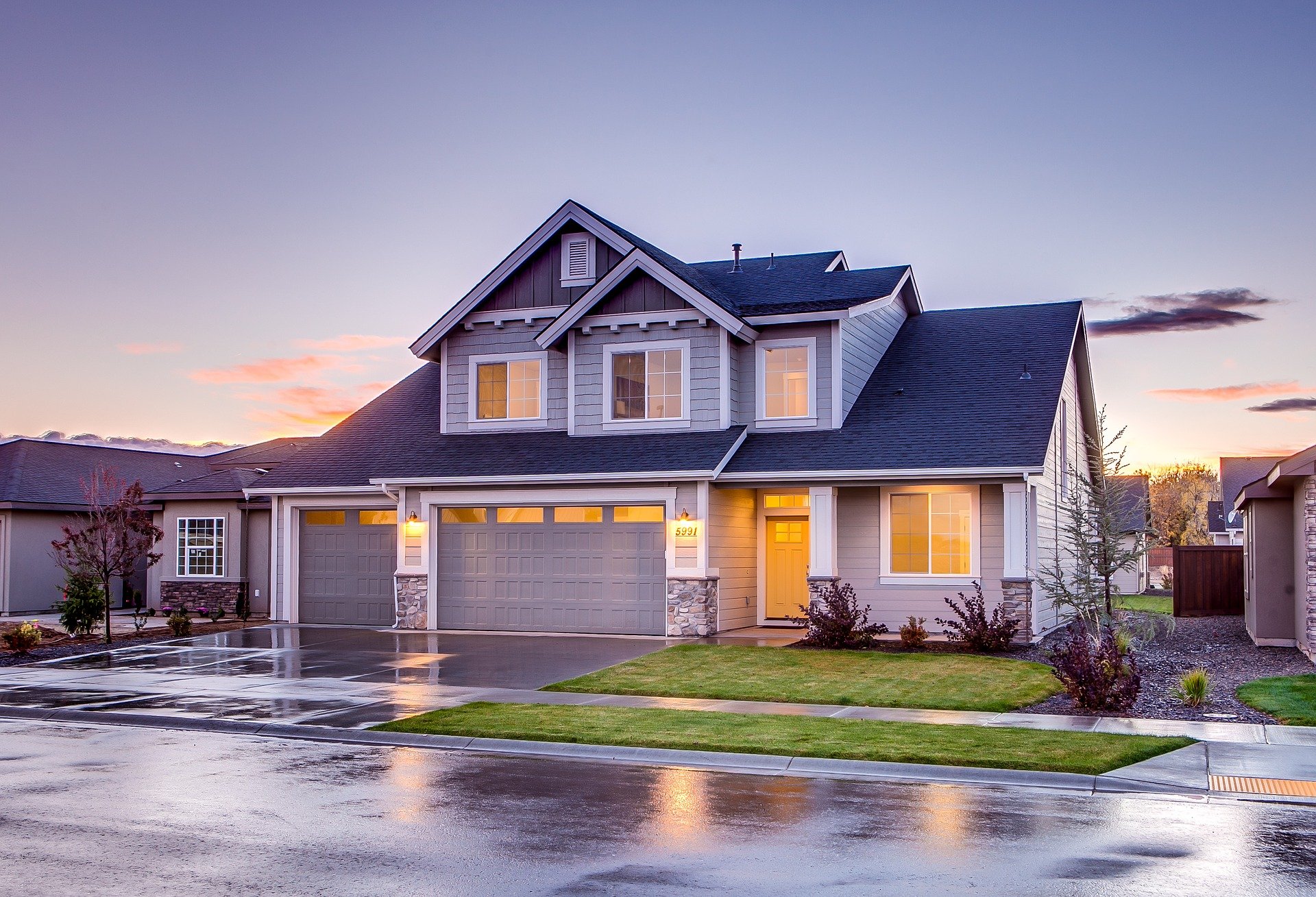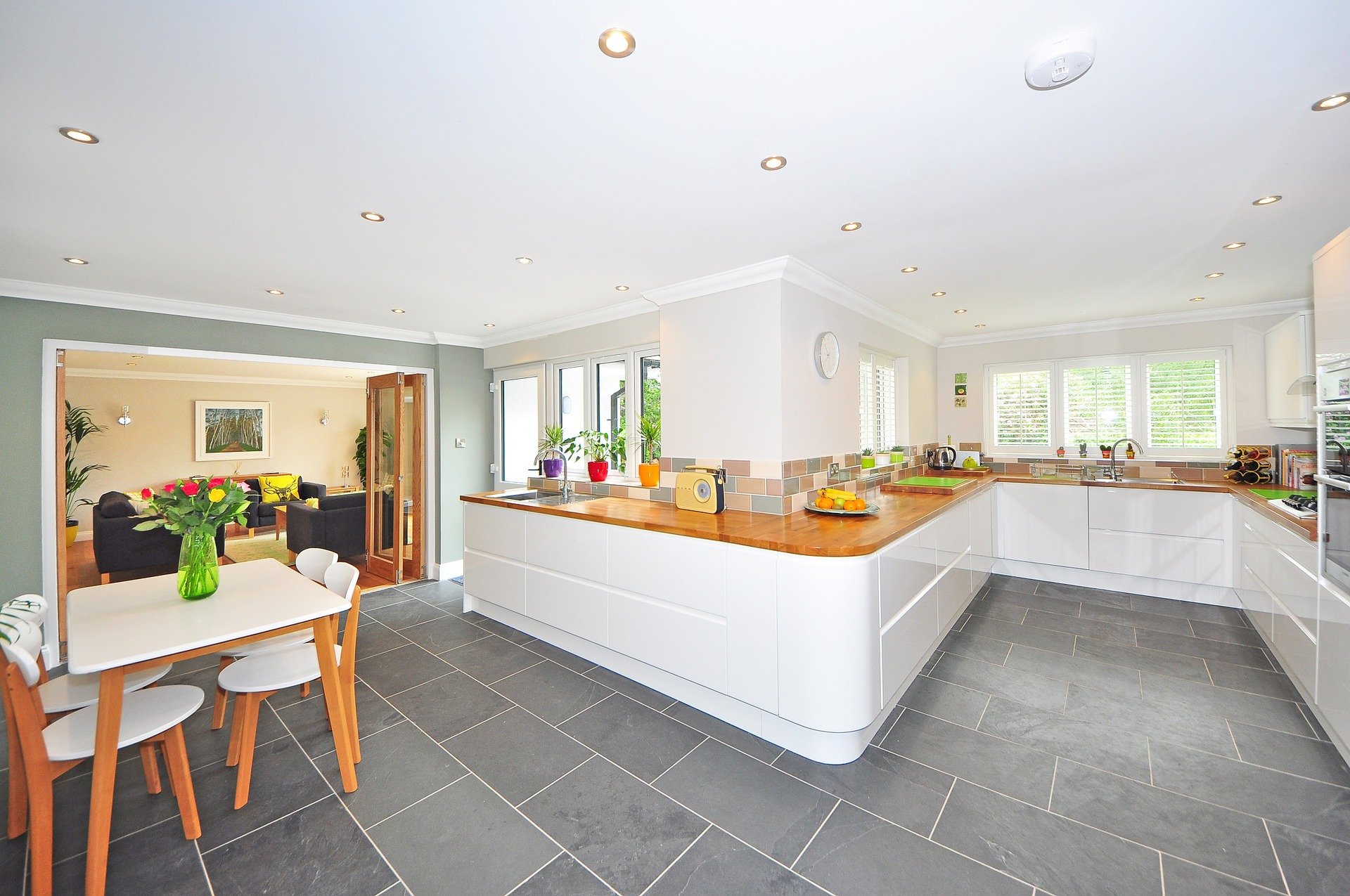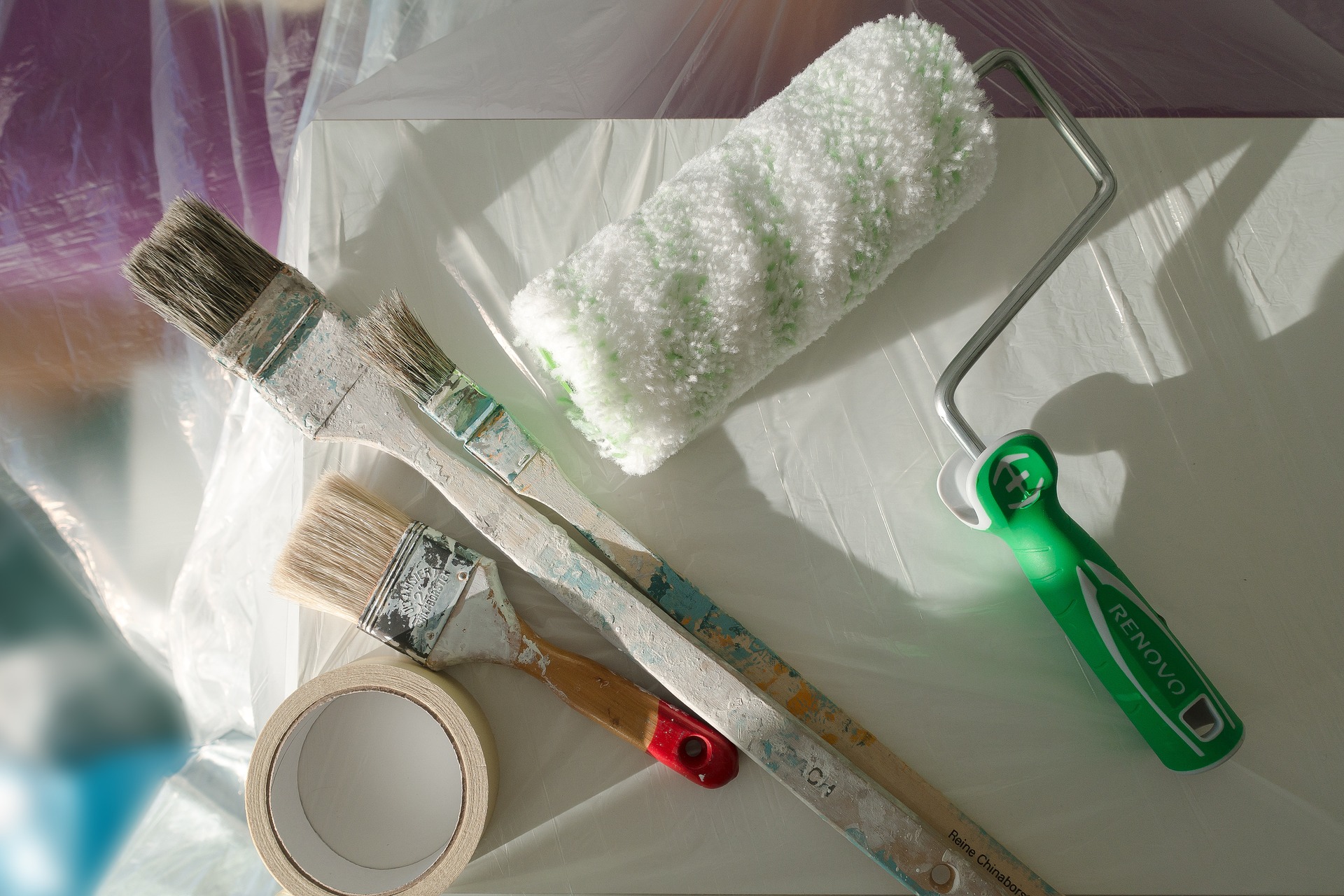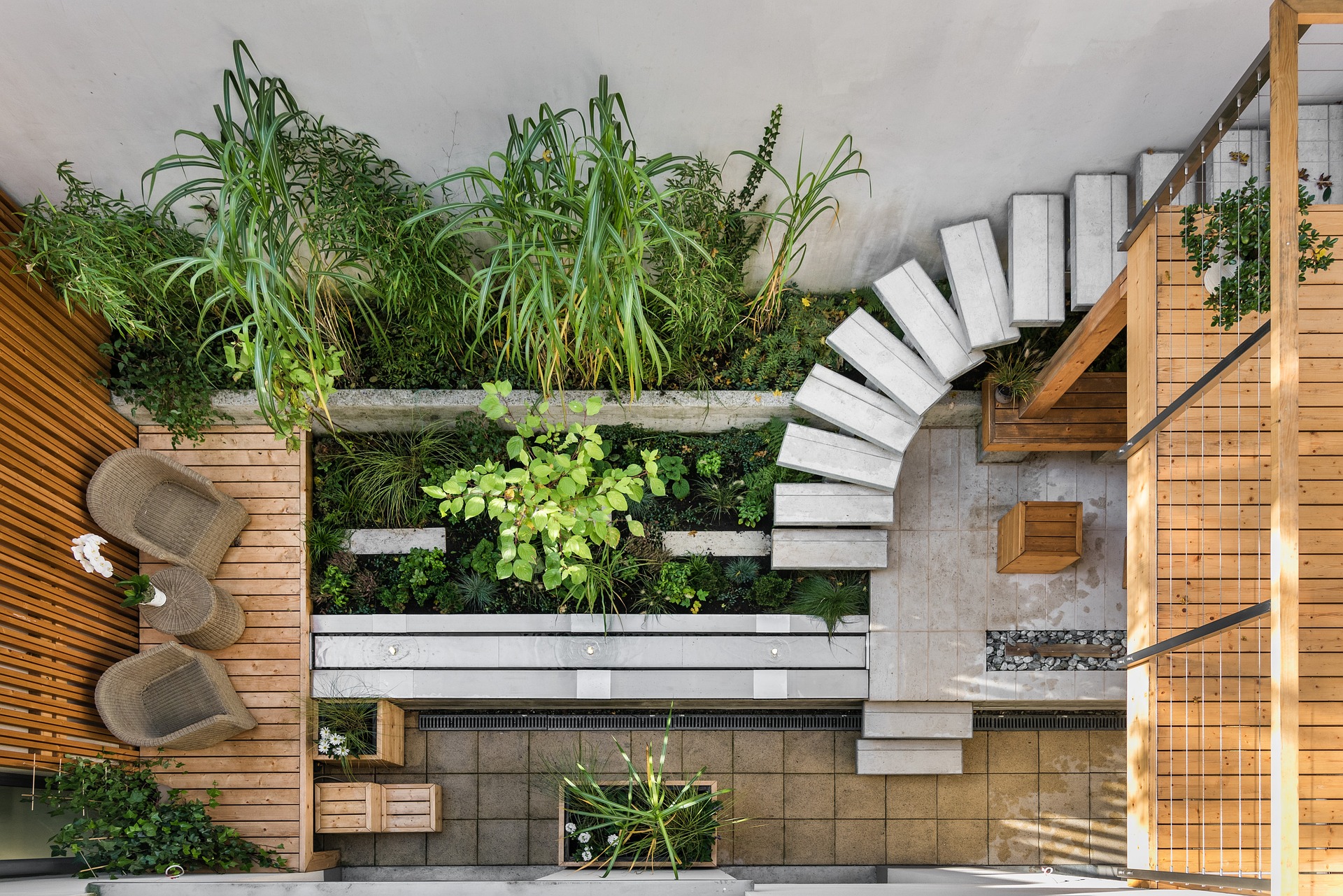
What to Know About Exterior Wood Stains*
Exterior wood stains are a common occurrence due to moisture, mildew, and the sun, among other factors.
They can be very unpleasant to the eye, which is why many individuals opt to make use of sealers.
While sealers and paints are mainly known for their use on deck, they can also be used on exterior wood stains among other things. You should consider the aspects outlined below.

- Oil-based versus water-based
Alkyd, which is also known as oil-based, takes more time to dry up. As this is happening, it gives time for it to get absorbed in the wood, making it long-lasting. Thus it does not leave behind any marks from the brush.
The deep penetration causes the result to get more beautiful than that of the water-based. Where it is used, it is easy to clean the grain with soap and water. The acrylic, which is also referred to as water-based, takes approximately an hour to dry up.
While it has more color options than the oil-based, it does not blend in well with the wood. All the same, it still is easy to clean up with soap and water. Unless in a situation where one prefers having a variety of colors, the oil-based is the best option.
- Need
The stain chosen should be suitable for the situation at hand. Factors such as the presence of a pre-existing stain, the type of wood used and the desired appearance should be kept into consideration.
Lumber that is newly treated and does not have manufacturer-applied water repellent can use any type of stain. On horizontal surfaces, opaque and solid should be avoided at all costs.
Touching up becomes difficult on heavy foot traffic, creating the necessity to go for a specifically designed product for foot traffic. A variety of surfaces can be touched up, but it should only be done with a product that the manufacturer verifies.
It is essential to give time for the lumber to dry before exposing it to situations where it can get stained. Drying makes it easier to maintain its good look for a long time. The drying process may take several weeks or even months in cases where the lumber is new.
If one is not sure about the wood’s readiness, they can splash some water on it. If it gets absorbed, it is ready, but where it remains on the surface, more time should be given. See this link to read more on the types of wood stains you can use https://www.ronaldphillipsantiques.com/types-of-wood-stain/.
- Penetrating versus film
Manufacturers always label stains as either penetrating or film. Products that form a film make a protective coat and perfectly resist weathering.
It is, however, advisable to use another film-forming stain or take off the existing one when restraining. On the other hand, penetrating ones get into the inner of the material, making the material have a natural look.
When a repeat of the same needs to be done, striping off is not necessary in that case. Individuals will need to uphold high maintenance when dealing with them. They should never assume a thing but always be on the lookout for the instructions given in the product information.
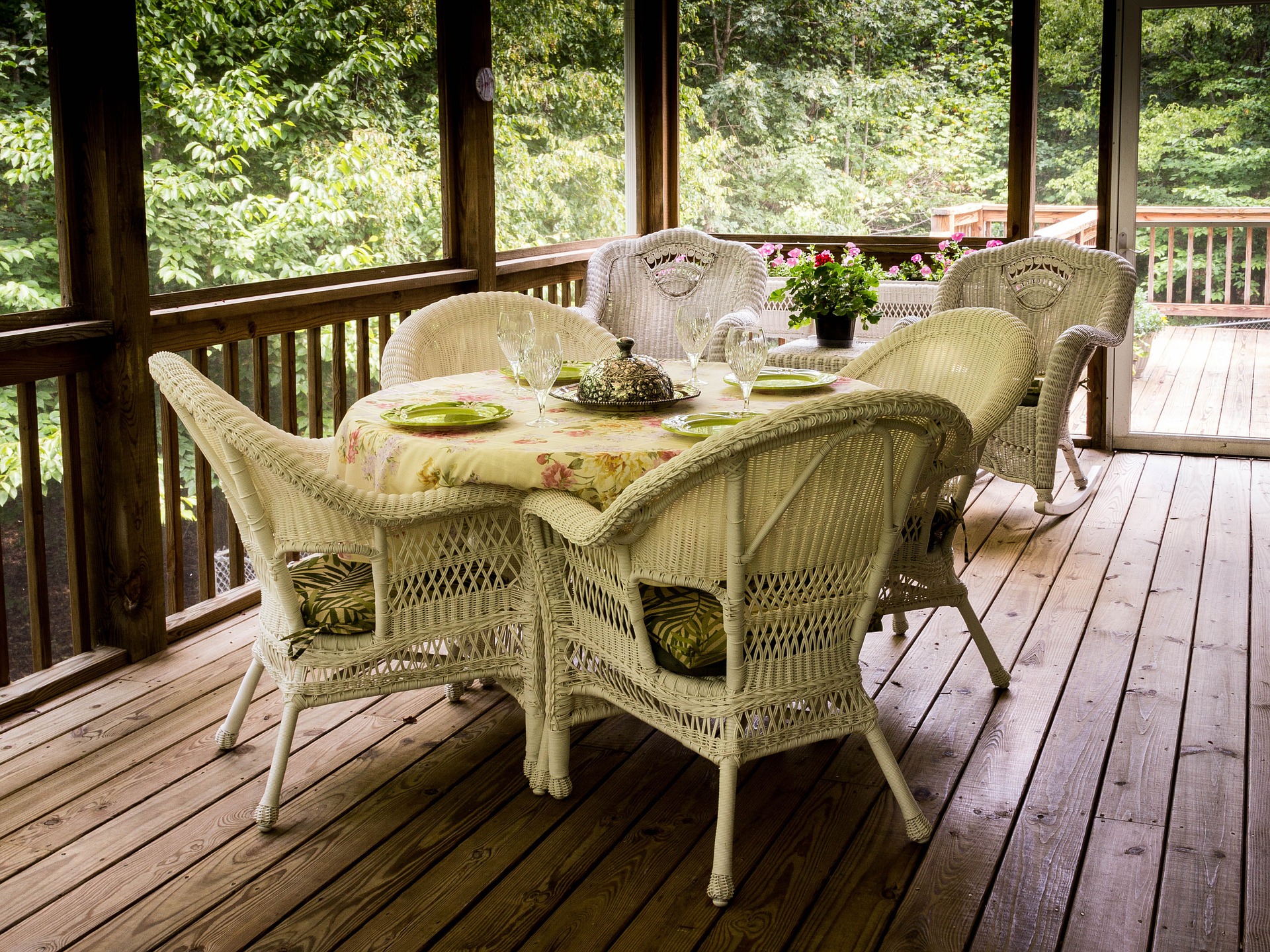
- Colors
A lot of colors are valuable for coloring projects. On traditional shades like mahogany, cherry, walnut, and cedar, it is okay to use pre-tinted colors. In some instances, it is possible to find tin table paints that offer colors close to wood.
Opaque paints present a wide variety of colors. It is possible to have a surface tinted, just like painting, to give bright colors like green and blue. It is essential to know that how light hits a surface determines how exactly it will look in one’s eyes.
It is then advisable that an individual carries out a test on a different surface before going ahead and doing the work on the surface. It ensures that those individuals are aware of the outcome and prevents dissatisfactory results.
- Levels of transparency
Transparency depends on the desired level of protection and look. Deck resurfaces should be used in the instances where there is a need to cover existing flaws.
They give the surface a new look and protect it from ultraviolet light. Sealers are used to make the material more waterproof and offer some amount of protection from ultraviolet light.
Slid paints hide wood grains and give rich colors hence are used where weathering has taken place. Transparent paints give a tint to accent and handle landmarks.
Semitransparent allow seeing through the surface, while the semisolid paint offers protection from the sun. Click here to learn more.
Conclusion
Understanding the situation where a stain is best suited is very important in avoiding waste of resources from ignorance. Individuals working on a project should also be keen on using every product as instructed in the product information. This is because products may seem to be similar but have different methods of use. Wood stains are crucial in keeping surfaces attractive.
